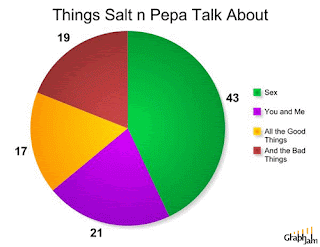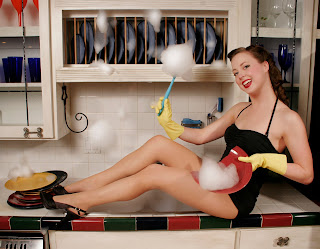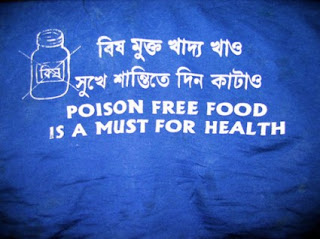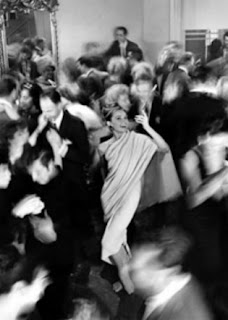
Dear Tricia, What's the difference between regular iodized table salt, kosher salt, and sea salt? Is one better than the other?
Salt has become this thing in the culinary world that, all of a sudden, went from being a really boring and every day ingredient to this gourmet item that you have 3 million options to choose from at the grocery store. Its insane. I partially blame the Food Network, but I know its not only their doing.
First off, all salt is the same chemical makeup, sodium chloride, or NaCl on the good old periodic table of elements. No matter where you go on the planet, and how much you're paying for that gourmet salt that was harvested from magic waterfalls by Aboriginal midgets in Croatia, it all looks the same under a microscope: perfectly square molecules made up of sodium and chloride.
Table salt is what most of us probably grew up with: the blue container of Morton's with the little girl holding the umbrella on it. Table salt is harvested from underground mineral deposits. It is heavily refined into small, fine grains, and has an anti-caking agent added to it so that it doesn't clump together. It also usually has iodine added to it, which is a necessary mineral to keep you from being retarded. (Hey, I didn't make that up: google it. Go on. Do it. See?) Because of the need for iodine in our diets and a huge population of people who are deficient in it, iodine was added to salt to sneak it in to our diets and prevent the R-word. The same goes for enriched flour, but that's another blog for another time.
Kosher salt is harvested from underground mineral deposits or from the sea, and doesn't have any additives. The biggest difference between table salt and kosher salt is clearly visible, unless you need to go back to eyeball school: kosher salt is super coarsely ground so that the grains are much bigger. Its name isn't because its kosher (all salt is kosher, by the way), but because its the salt used in koshering meats, or drawing the blood out of them. Vampire salt.
Sea salt is harvested by evaporating sea water. Duh. It also is usually more expensive than kosher or table salt because its more labor-intensive to harvest, and it can be fine or coarse grain. Its just as refined as table salt and can contain additives, so if you're looking for something additive free, make sure you read the label.
Okay, now here's the big question: what's the real difference between them? Is one saltier or better than the other? Well consider a spoon full of table salt and a spoon full of kosher salt. The spoon full of table salt is going to taste saltier simply because you can fit more grains of salt in it. By weight, that spoon of table salt is going to be heavier than the coarsely ground kosher salt. What that means for cooking is that if the a recipe calls for a teaspoon of table salt and you want to use kosher, you're going to need roughly two teaspoons to get the same flavor. In reverse, if a recipe calls for a teaspoon of kosher salt and all you have is table salt, use half a teaspoon. The same rule can apply for sea salt, depending on how coarse the grain is. In every kitchen I've ever worked in, we've used kosher salt. Its pretty universal in the restaurant world.
I posted a question on my What the Bleep facebook fan page (have you checked it out yet?), "Do you have a salt preference?" Some of the replies I got... Hawaiian, Fleur de Sel, Cypress Flake... I wasn't sure if they were types of salt or types of weed. But depending on which region you get certain salts from, the ocean water has different mineral contents that affect the color and flavor of the salt. In a blind taste test where you're tasting the salt by itself, you might notice some differences in flavor. But are you going to be able to taste it once its on the food? Probably not. And unless you have a wad of cash burning a hole in your pocket, I wouldn't worry about spending a lot of money on gourmet salt in hopes that its going to change your cooking. You'll have much better luck in doing that by reading my blogs. Then you can just give that wad of cash to me.





